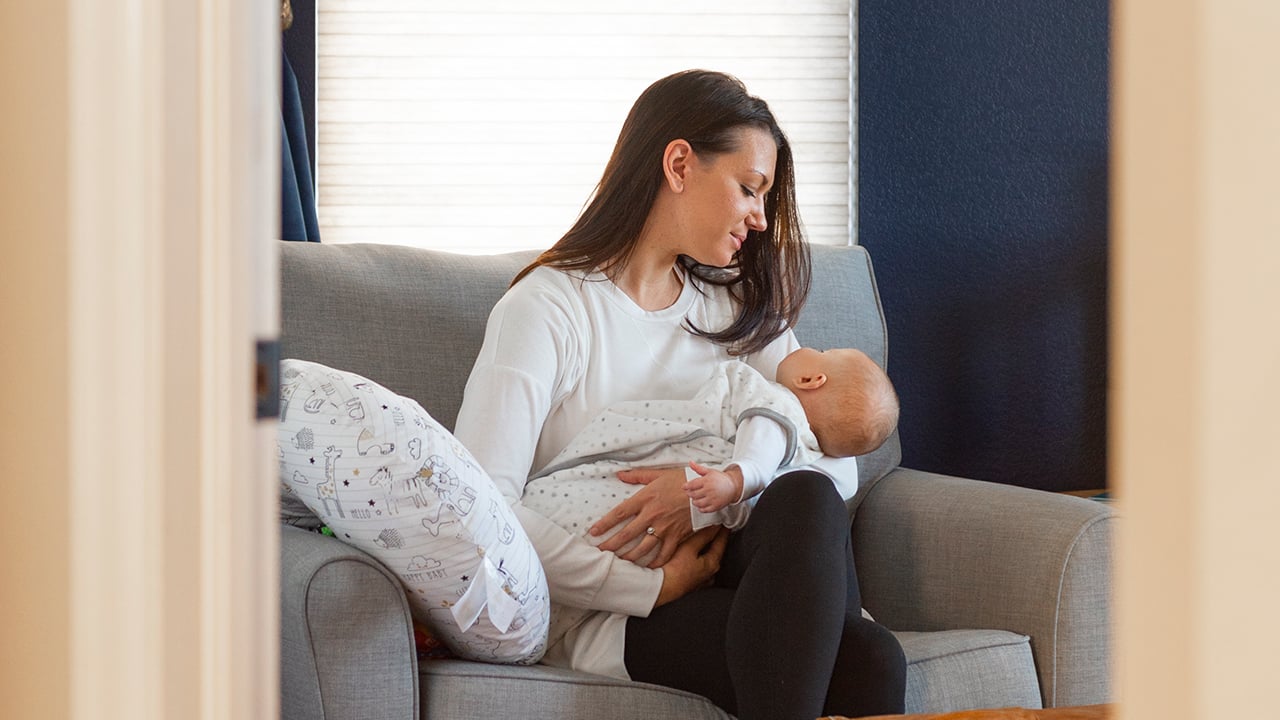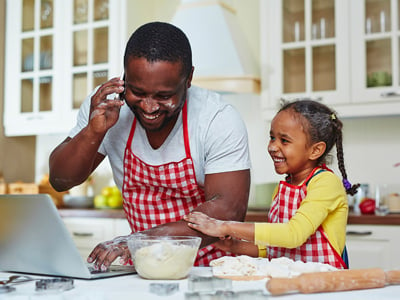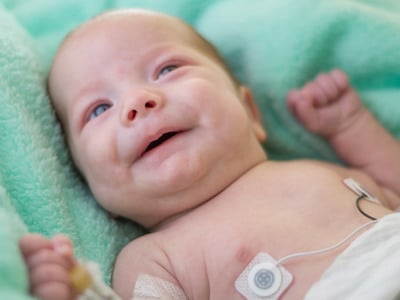- Doctors & Departments
-
Conditions & Advice
- Overview
- Conditions and Symptoms
- Symptom Checker
- Parent Resources
- The Connection Journey
- Calm A Crying Baby
- Sports Articles
- Dosage Tables
- Baby Guide
-
Your Visit
- Overview
- Prepare for Your Visit
- Your Overnight Stay
- Send a Cheer Card
- Family and Patient Resources
- Patient Cost Estimate
- Insurance and Financial Resources
- Online Bill Pay
- Medical Records
- Policies and Procedures
- We Ask Because We Care
Click to find the locations nearest youFind locations by region
See all locations -
Community
- Overview
- Addressing the Youth Mental Health Crisis
- Calendar of Events
- Child Health Advocacy
- Community Health
- Community Partners
- Corporate Relations
- Global Health
- Patient Advocacy
- Patient Stories
- Pediatric Affiliations
- Support Children’s Colorado
- Specialty Outreach Clinics
Your Support Matters
Upcoming Events
Colorado Hospitals Substance Exposed Newborn Quality Improvement Collaborative CHoSEN Conference (Hybrid)
Monday, April 29, 2024The CHoSEN Collaborative is an effort to increase consistency in...
-
Research & Innovation
- Overview
- Pediatric Clinical Trials
- Q: Pediatric Health Advances
- Discoveries and Milestones
- Training and Internships
- Academic Affiliation
- Investigator Resources
- Funding Opportunities
- Center For Innovation
- Support Our Research
- Research Areas

It starts with a Q:
For the latest cutting-edge research, innovative collaborations and remarkable discoveries in child health, read stories from across all our areas of study in Q: Advances and Answers in Pediatric Health.


How to Baby-Proof Your Home

As a new or expecting parent, you might look around your home and notice some things in a new light (and not just that your possessions now live in a sea of toys, pacifiers and baby wipes). Suddenly corners look sharper. Bookshelves look heavier. Cabinets look like an invitation to danger. Blinds are your enemy.
You might think to yourself, “Is my home safe for my baby?” Unfortunately, if you’ve changed nothing about your home, the answer might be no. Fortunately, our safety experts have tips for baby-proofing your home so it’s as safe as possible for your little one.
Baby-proofing basics
Before you get into the specific changes to make to your home, keep these basic ideas in mind.
Start baby-proofing early
It might surprise you how early your baby starts rolling and moving around. If you start baby-proofing early, it’s less likely you’ll forget something.
See the world as your baby does
Get down on the floor and see your house as if you’re the one crawling around. You’ll see all the things they might want to grab, pull, poke and climb on. And you’ll better see what could fall, what’s sharp, what’s unprotected or could otherwise hurt your baby.
Trust your instincts and remove harm
We have two more principles to keep in mind for your baby-proofing efforts:
- Trust your parental instincts rather than feeling like you have to buy every safety gadget on the market. You know your baby’s habits, your home and where the two could meet to create problems.
- Remove dangerous items until your child is older so you don’t have to tell your kid over and over not to play with them.
Adjust your hot-water heater
When your baby gets older, they’ll want to play with all the knobs, including turning on faucets. Set your hot-water heater to less than 120 degrees F so they can’t scald themselves. This also prevents you from accidentally putting them in a bath that’s too hot.
Check for lead paint
If your house was built before 1978, check to see if it has lead paint. Touching the paint or inhaling particles can harm your baby. But don’t take on lead paint on your own. Find a contractor certified by the Environmental Protection Agency to detect and remove lead paint.
Install smoke and carbon monoxide detectors
Carbon monoxide and smoke detectors protect your whole family, so they should be in place already. Double-check to make sure they’re up-to-date and work properly. You should have a carbon monoxide and smoke detector on each level of your home and also a smoke detector in each bedroom. Test your smoke and carbon monoxide detectors when you change your clocks for daylight savings time to keep your kid safe for years to come.
Keep the cleaning products out of reach
Accidental poisonings are a major concern for young kids. Keeping cleaning products and other poisonous materials out of their reach can prevent many poisonings. Storing cleaning products up high is your best bet. If you don’t have that kind of storage, keep them in a cabinet that’s protected with a child lock.
Secure your bathroom
Bathrooms present a lot of enticing dangers for young children. Kids can drown in only a small amount of water in toilets, tubs and sinks (and kids love playing in toilets!). They should also stay away from medications and cleaners in bathrooms. Put medications up high, preferably in a medication lock box.
Lock your bathroom doors or install doorknob covers and put a lock on the toilet seat.
Cover your electrical outlets
If you don’t have childproof electrical outlets, cover your outlets. The best bet is to replace the cover with one that has covers that slide over the individual outlets. Kids can remove the plug-style covers once they get older, and those covers can become choking hazards.
Install baby gates
Place baby gates at the top and bottom of stairs to keep your baby from dangerous falls that can lead to head injuries once they’re mobile.
Beware of window coverings
Cords for window blinds or shades can be a strangulation risk. You can’t rely on telling your kids not to put anything around their necks. Some kids are just determined to live dangerously.
Install cordless blinds if you can. If not, get safety wraps so you can secure the cords out of their reach.
Secure heavy items
Once your baby is big enough to grab things and try to pull themselves up, they’re at risk for pulling anything they can grab onto themselves. That includes big, heavy items like bookshelves and TVs, but also smaller items like lamps or decorations that might sit on a side table or dresser. Keep in mind that even furniture that’s low to the ground can tip over.
Secure larger items like bookshelves and TVs to the wall, and temporarily move smaller items out of your baby’s reach.
Cover the corners
Take inventory of your furniture. If there’s anything with sharp corners that you could do without for a year or two, store it away.
If you want to keep it, install corner guards. It’s not the best-looking thing in the world, but let’s face it, your home isn’t going to be featured in an interior decorating showcase anytime soon anyway. Babies have that effect.
Beware of batteries
Most toys’ batteries will be protected by a screw and plate, but other items allow infants to get their batteries more easily. Batteries are more accessible in TV remotes or car key fobs and swallowing button batteries is particularly dangerous for young kids.
Prevent window falls
A child’s curiosity can take them right out an open window once they can climb. Keep furniture away from windows and install child proof screens. Or even better, install window guards that only allow the windows to open a few inches.
Learn more about how to keep your child safe at home as they grow up



 720-777-0123
720-777-0123






